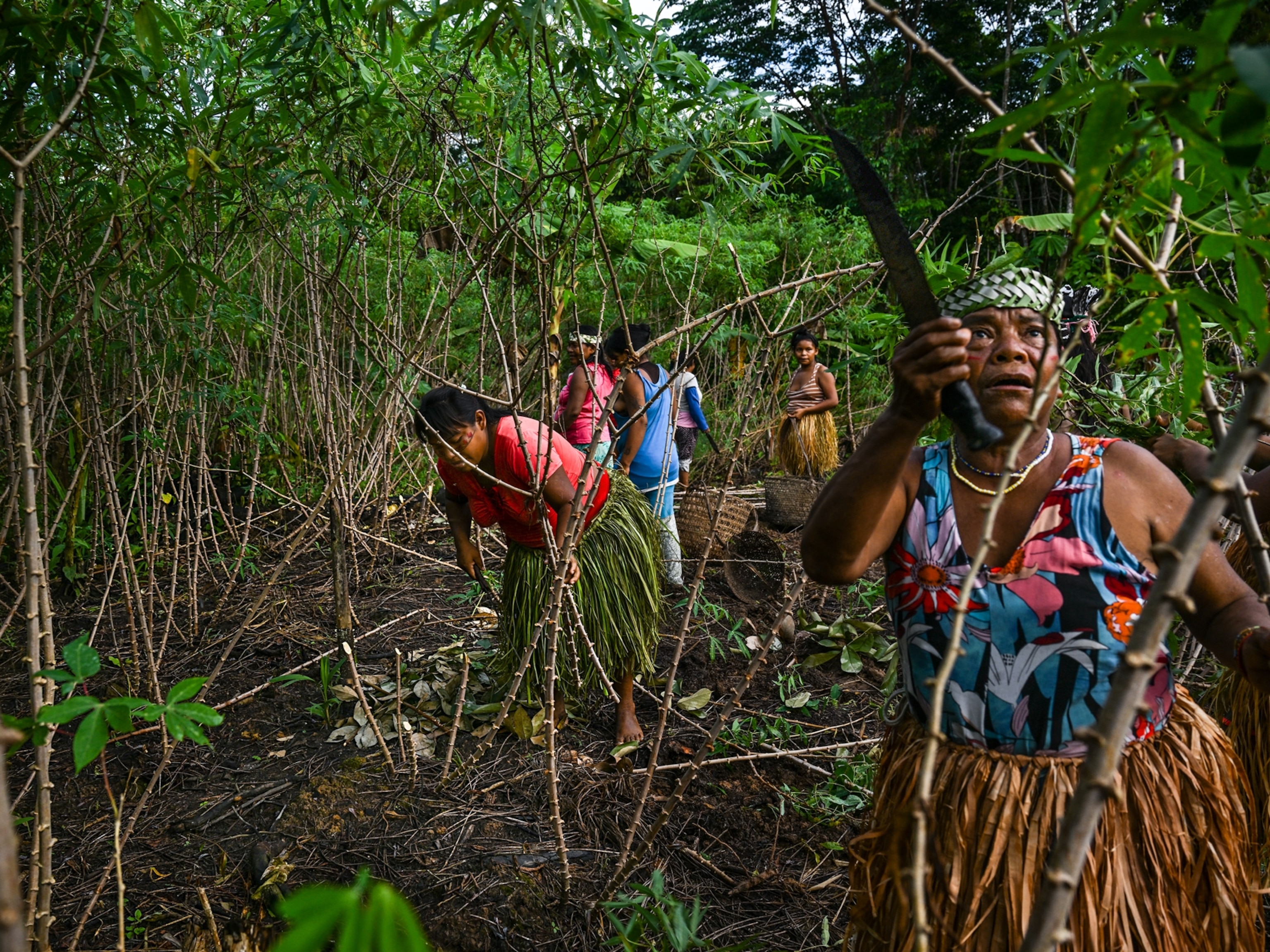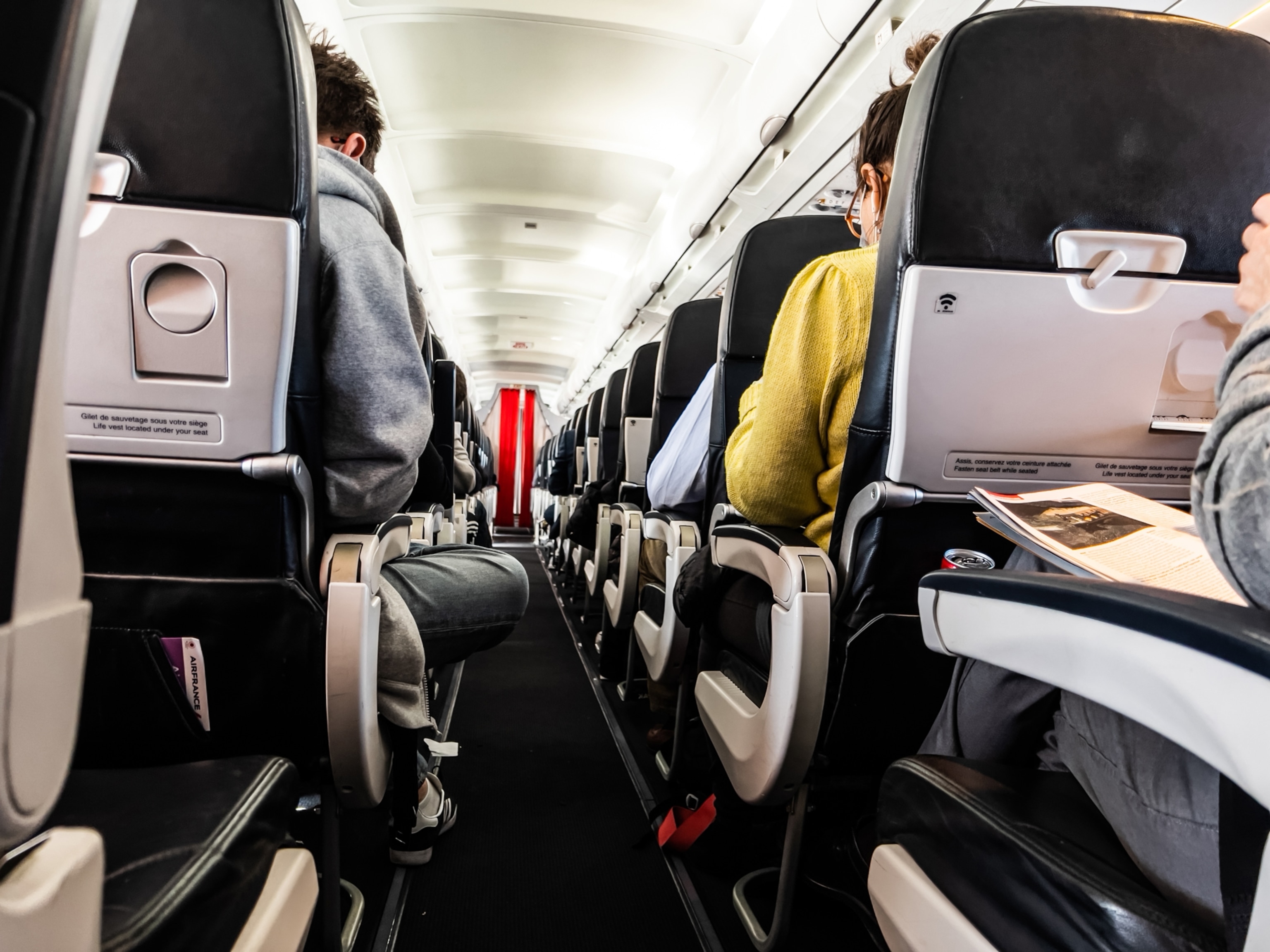Photograph courtesy Gleison Miranda, FUNAI/Survival
New Pictures Show "Uncontacted" Tribe "Well and Strong"
Last seen aiming arrows at an aircraft two years ago, an isolated Amazon group has now been photographed in unprecedented detail.
February 4, 2011








